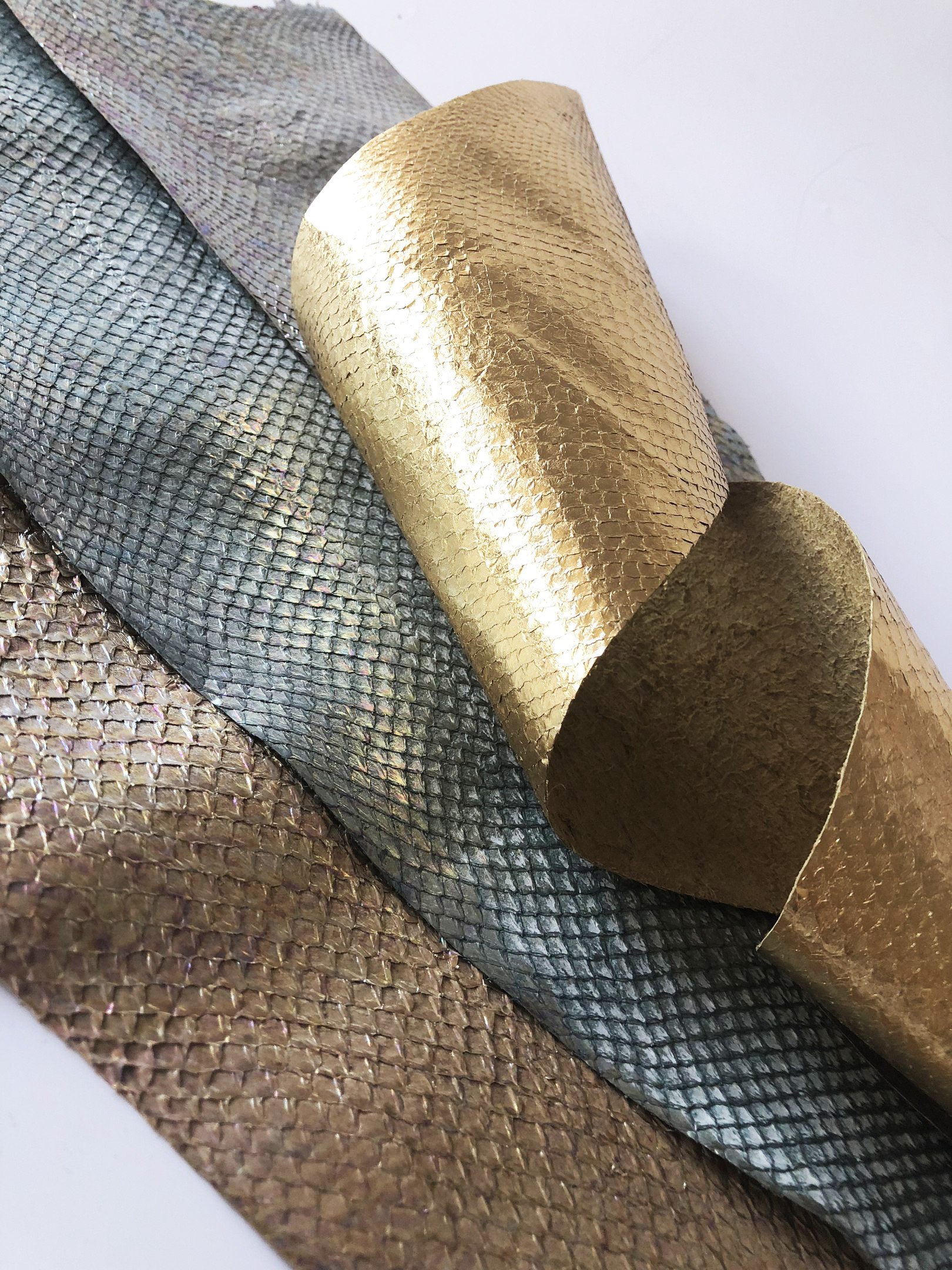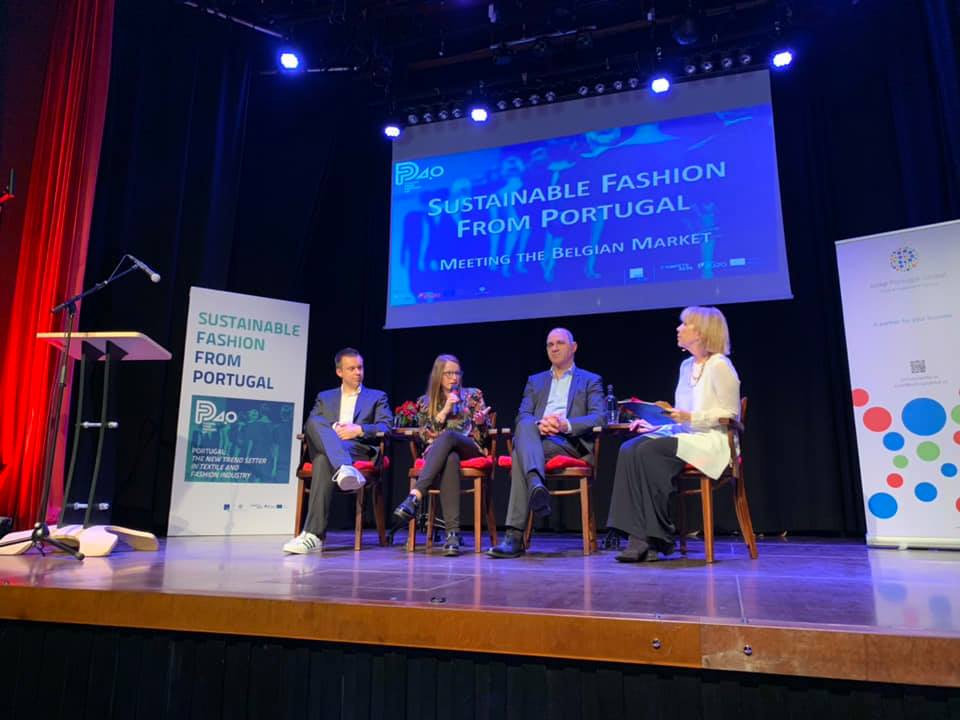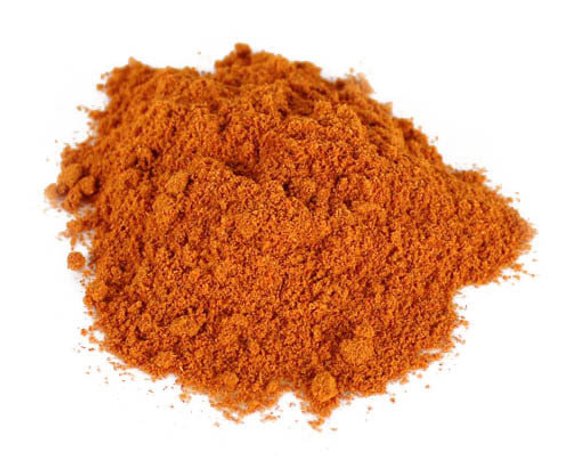5 sustainable fashion trends in 2019
If you were to choose between wearing something nice AND wearing something nice, durable, and healthy for the environment – which one would you choose? The right choice may be obvious, but we human beings don’t always go for the obviously right choices.
The fashion industry is one of the top industrial polluters in the world. According to Swiss environmental consultancy Quantis, apparel and footwear production accounts for eight percent of global greenhouse gas emissions. The EU textile industry alone generates waste estimated at 16 million tons a year.
With over 100 billion clothing products churned out every year, fashion is also one of the world’s most resource-intensive industries. A single cotton t-shirt, for example, requires about 3,000 to 5,000 liters of water to make while synthetic materials like polyester are made from non-renewable and non-biodegradable sources like oil.
If nothing much changes, the fashion industry could contribute up to 25% of the world’s total carbon emissions by year 2050. Now more than ever, innovations in sustainable and environment-friendly fashion are in great demand.
In Europe, the Portuguese textile and clothing industry has been one of the pioneers in the field of sustainable fashion. We spoke with some of the industry’s leading innovators to get their forecast on sustainable fashion for year 2019.

Using ocean waste to make fabrics
The sustainable fashion industry is stepping up to help clear the world’s oceans of around six billion tons of toxic waste and pollution. Discarded plastics are being gathered from the sea and recycled into textile.
“Before, we used to explore earth materials for recycling. But now we are using more materials from the ocean. We are creating more fabrics from sea weeds or developing leather from fish skin,” says Ana Silva who heads the sustainability department at TINTEX Textiles.
It also provides additional jobs for fishermen who are hired by textile manufacturers to gather sea waste. “These materials can be recycled again and again without losing their properties. You are giving back to nature what you’re throwing at nature,” says Miguel Mendes of A. Sampaio & Filhos, a leading company in the knitted fabrics market.

Incentivizing consumers to return unwanted clothing to retailers and brands
Up to 13 million tons of discarded clothes end up in landfills every year. According to Mendes, there will be growing initiatives to encourage customers to return old bought clothes to the stores in exchange for a discount on new items.
“Sustainable fashion is heading towards a circular economy. Brands are starting to collect their garments so they can be reused. One day ideally, we wouldn’t need new resources because we will reuse what we already have to make something new,” adds Mendes.

More advances in nanotechnology
Engineers will develop more sophisticated ways of embedding nano-sized components to ordinary materials to make them more durable and better-performing. More manufacturers will use nanotechnology-based textile applications to produce clothes with improved ability to repel and resist water, stains, odour, moisture, and wrinkles.
“Nanotechnology is one solution but it must be a responsible solution. Industries must be careful in using this technology to make sure there are no hazards to public health or the environment,” says Antonio Braz Costa, director of Portugal’s Technological Center for Textile and Clothing Industries (CITEVE) and Center for Nanotechnology and Smart Materials (CeNTI).
With the advances in technology, Costa stresses the necessity of an integrated approach to sustainable fashion. “It’s not just about better processes and better fabrics, or using less water and chemicals. It’s also about respect for workers and providing good working conditions to sustain businesses,” says Costa.

More transparency in the supply chain and process
The traditional fashion industry has always been one surrounded and protected by heavy secrecy. This multi-trillion dollar global industry employs millions of people worldwide and collects materials from myriads of sources. Whatever sensitive issues they involve are often swept under the rug for the sake of profit.
But advocates of sustainable fashion are begging to be different. “We are aiming for more transparency towards customers. We will be able to get the big picture about big transactions. Customers will know how much we are buying supplies and from where. Most companies can’t answer those questions,” says Silva of TINTEX.

Exploring more sources for all-natural dyes
The dyeing and finishing process is the most energy-intensive stage in apparel production. It requires large amounts of water and toxic chemicals that end up adding to land and water pollution.
Sustainable fashion experts are finding more creative ways of producing dyes that are safer and healthier. “We use tea leaves and other herbs coming from mint and different types of plants. There’s also the use of biopolymers for coating fabrics.” says Silva. Polymers used in textile are petroleum-based and most of them can take decades to decompose.
In recent years, sustainable fashion has developed into more than just a trend. “It’s already embedded in the system,” says Silva. But Mendes emphasizes the need to be more sustainability-conscious in fashion designing. “Today’s designers should consider the sustainability of materials. Sustainability should be part of their design.”



